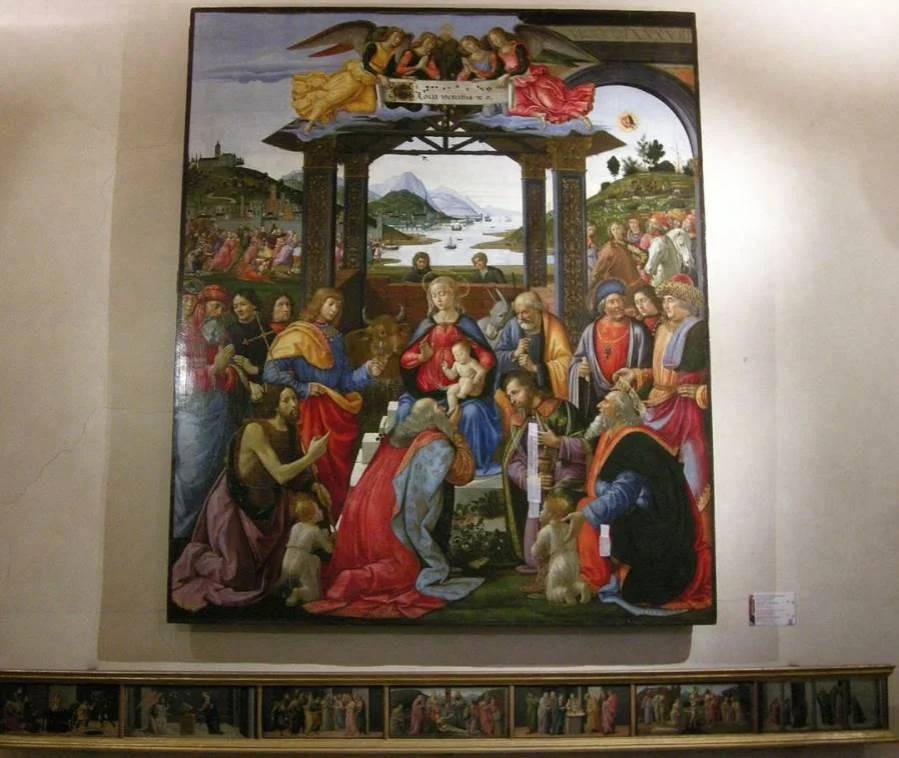One of the most fascinating examples of early Renaissance architecture of the 15th century can be found near the historical center of the city of Florence in Italy.
In this article, you’ll discover the most interesting facts about the Ospedale degli Innocenti, one of the most fascinating buildings designed by Filippo Brunelleschi (1377-1446).
1. It’s located just northwest of the historical heart of Florence
One of the most remarkable buildings in Florence is considered to be the oldest foundling hospital in Europe. The Ospedale Degli Innocenti, also known as the “Hospital of Innocents,” is a fascinating early Renaissance structure that was completed in the 15th century.
The main portico of the building faces the Piazza Santissima Annunziata, a public square located just a few hundreds meter to the northwest of the historical heart of the city, including Florence Cathedral, the Piazza della Signoria, and the Palazzo Vecchio.
A small road called the “Via dei Servi” runs from this square to the iconic Florence Cathedral with its astounding dome.

2. It was designed by one of the most renowned Renaissance architects
One of the main reasons why this building is of such great importance is because it was designed by the man who is sometimes referred to as the “founding father of Renaissance architecture,” Filippo Brunelleschi.
This structure was one of his novelties and it features a combination of classical Roman architecture, Italian Romanesque, and late Gothic architecture.
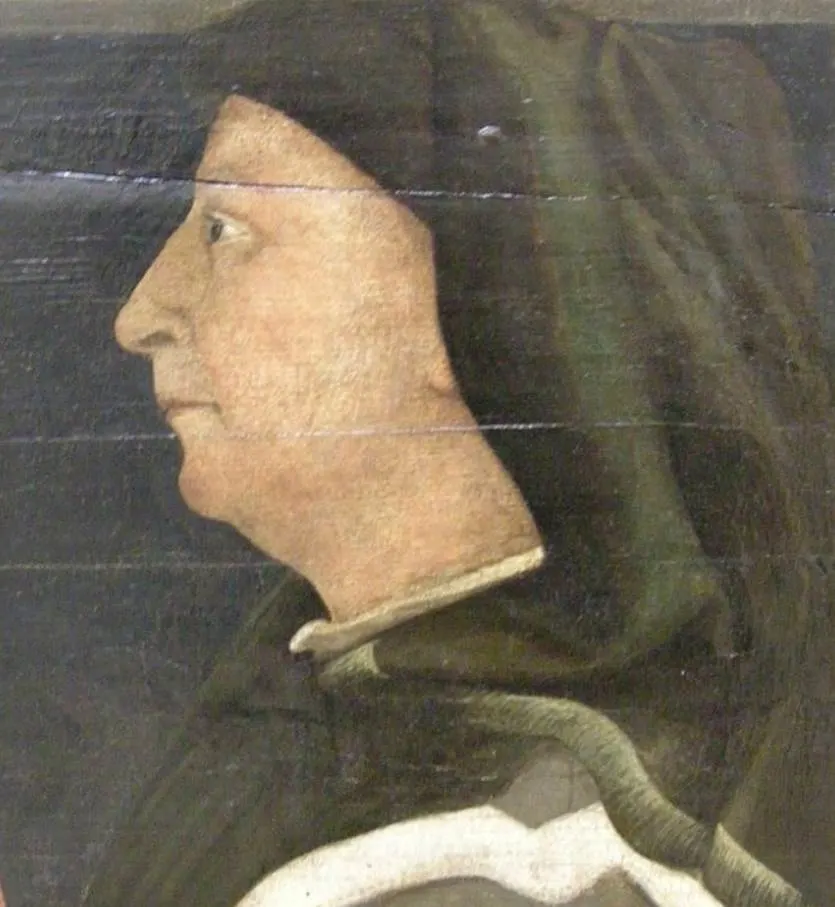
3. It was originally an orphanage funded by the city’s wealthiest gild
The building was commissioned in the year 1419 by the wealthiest and most powerful guild in the city at the time, the “Arte della Seta,” or the “Silk Guild.” These gilds often supported charitable causes during the early Renaissance.
The Ospedale degli Innocenti would eventually become the first foundling hospital in Europe!
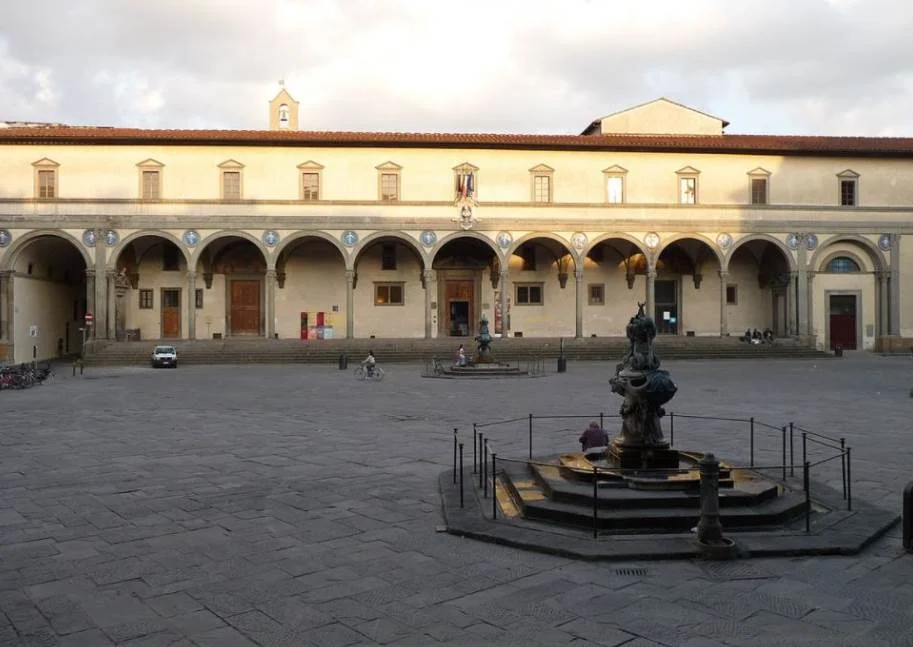
4. The loggia of the building was a revolutionary structure at the time

One of the most fascinating facts about the Ospedale Degli Innocenti is that the 9 semicircle arches integrated into the loggia facing the square were a remarkable structure at the time.
These arches are supported by pillars of the composite order. The circular arches also create spherical domes behind them, quite a contrast to existing loggias at the time such as the Loggia dei Lanzi located on a corner of the Piazza della Signoria.
It’s fair to conclude that this structure was the prelude of Brunelleschi’s ultimate masterpiece, the dome of Florence Cathedral.
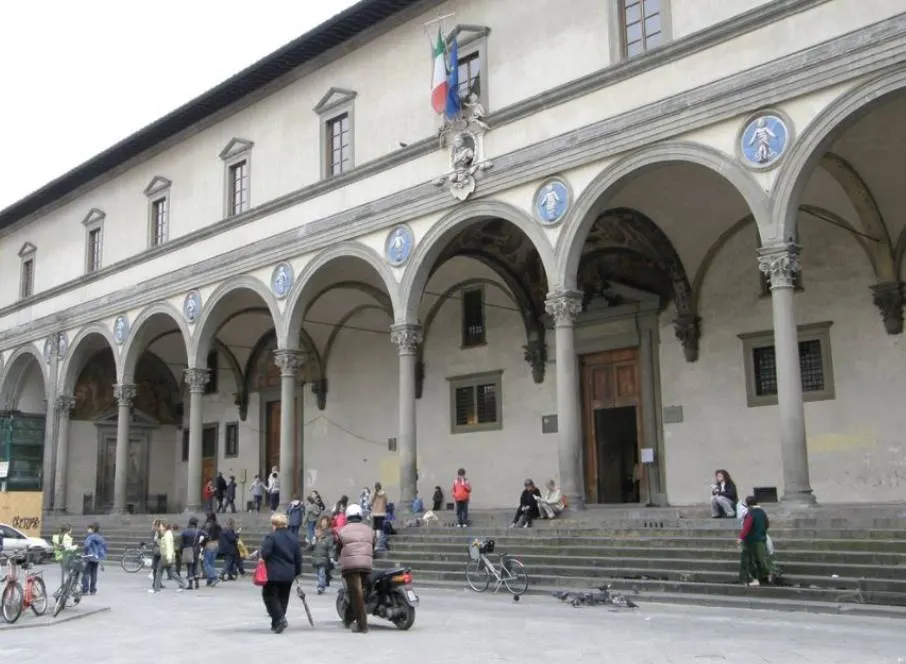
5. Not all design elements were the work of Brunelleschi
The construction of the building started in the year 1419, the same year as it was commissioned. The first phase was in the hands of Filippo Brunelleschi, but he wasn’t always present on the site between 1419 and 1427.
The main walls of the structure, the basement, and the lower part of the main loggia were finished during this period, but later phases resulted in modifications being made by other architects.
It would eventually take multiple decades before the building was completed in the 1440s.
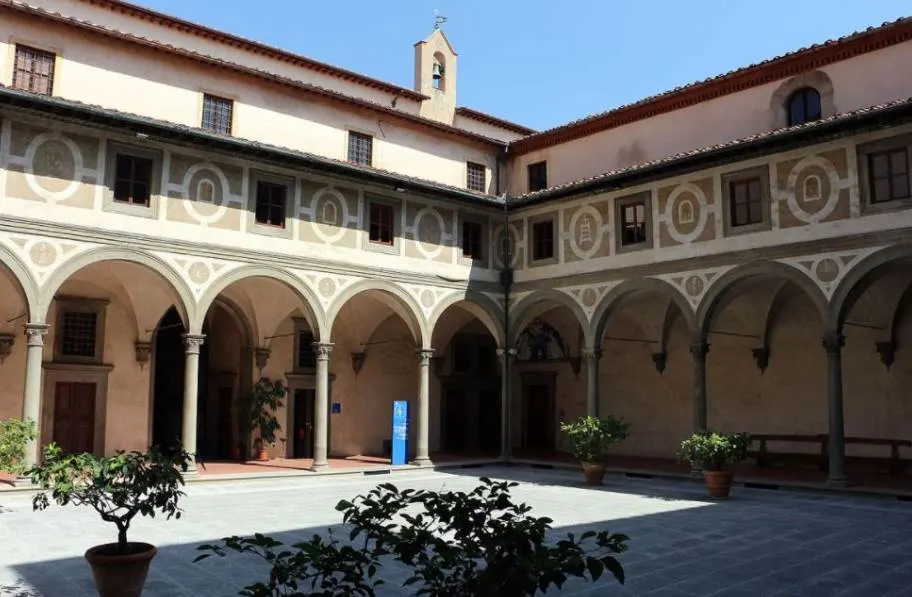
6. The tondi with babies were only added in the late 15th century
Some of the most prominent design elements of the building are ceramic tondos that are located above each column of the main loggia of the building. These weren’t the work of Brunelleschi as in his plan these were just blank spaces.
These tondos were created in the late 15th century by artist Andrea della Robbia (1435-1525) and integrated into their current location in 1490. Some of these are still original ones but most are 19th-century replicas.
All of these depict babies wrapped in clothes, a reference to the original function of the building.
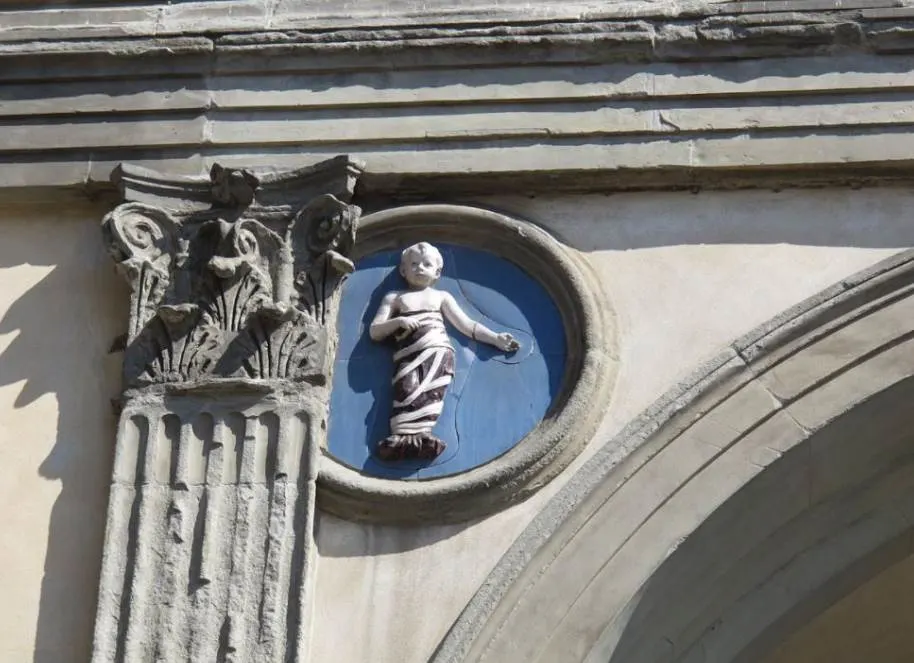
7. One of the roundels became the logo of an American organization
Perhaps one of the most fascinating facts about the Ospedale degli Innocenti, and more specifically the tondos depicting babies, is that one of these cuties served as the model for an American organization.
The “Bambino,” as the American Academy of Pediatrics refers to the baby in their logo, was based on one of the babies decorating the loggia of this 15th-century children’s hospital, quite amazing!

8. The hospital only opened its doors halfway the 1440s
The hospital officially opened its doors in late January of the year 1445, and the first abandoned child arrived here on February 5, 1445, just 10 days later.
The hospital took complete care of these children and raised them until they were adults (in the case of boys) or until they were suited to get married (in the case of girls).
During the reign of Cosimo de Medici, Grand Duke of Tuscany, in the 16th century, many children were released because of financial troubles and mismanagement of the hospital.

9. The building features both a men’s and a women’s cloister
Behind the loggia facing the public square, there are 2 courtyards, one for the men and one for the women. These have a remarkably similar design as the 9-bay portico of the building.
Even though the architects who completed the structure integrated some of their designs into the additional structures, we can still see the hand of Brunelleschi in these cloisters as well.
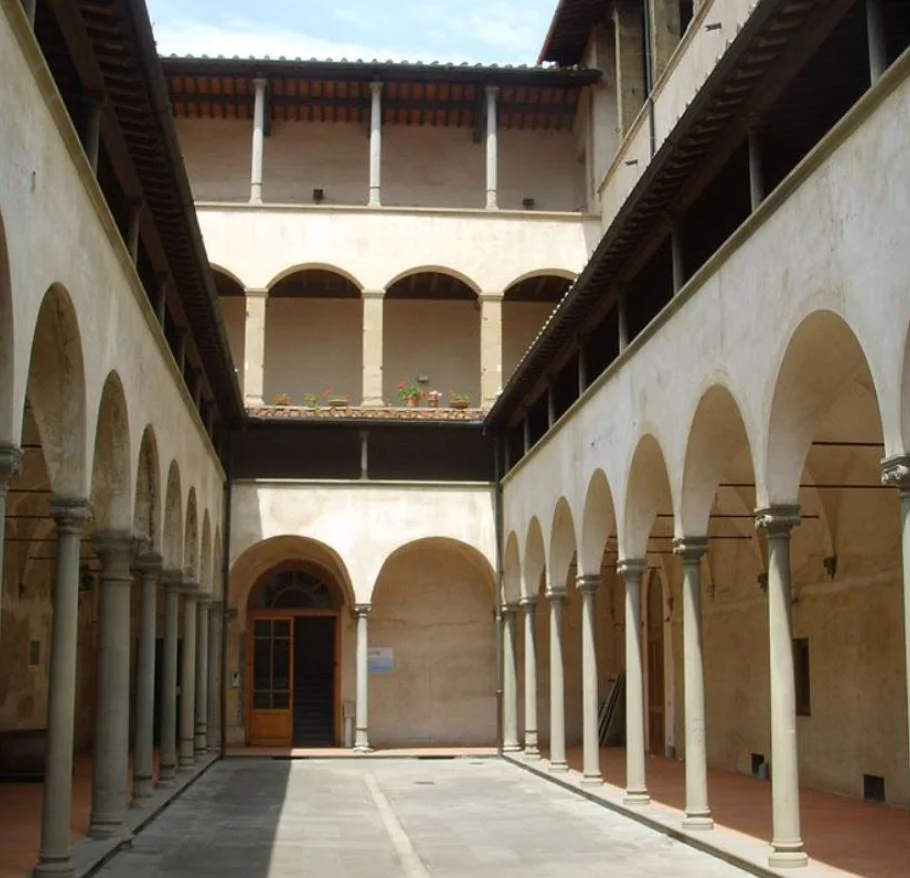
10. The building is home to a museum with some fine works of art
Even though the building has seized to be a foundling hospital for a very long time, it still serves a remarkable purpose today. Part of the building has been turned into a museum and houses some fine art from some of the most renowned artists from the Renaissance.
The relatively small museum is home to works of artists such as Luca della Robbia, Sandro Botticelli, Piero di Cosimo, and also features the “Adoration of the Magi” by Domenico Ghirlandaio.
Granted, the Uffizi Gallery offers plenty more, but in combination with the architectural features designed by Filippo Brunelleschi, it’s certainly worth checking out whenever you visit the amazing city of Florence, Italy.
